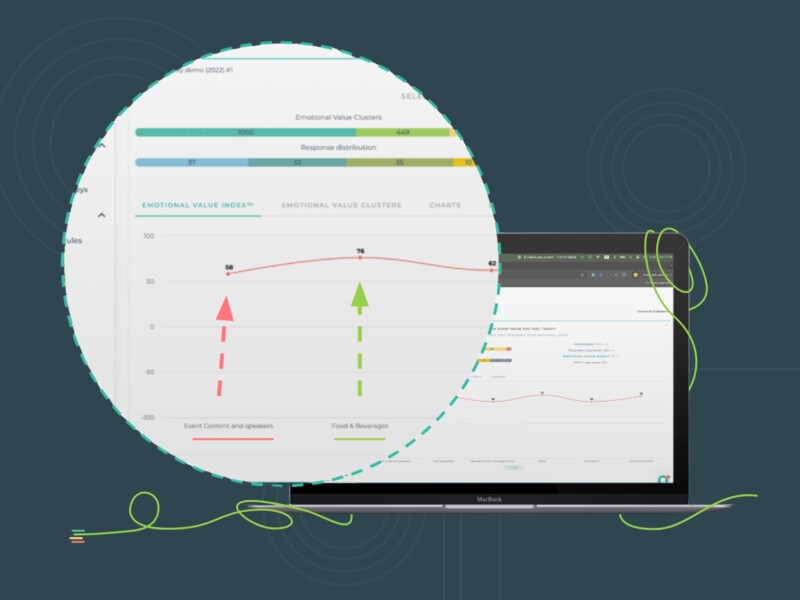Not many customers prefer to spend a great deal of time answering long surveys. This is why microsurveys have become very popular.
Microsurveys, as the name implies, are very short surveys that require only two to five minutes to complete. Usually, microsurveys have only one question that respondents have to answer by picking one of the provided choices, or by providing a detailed response/feedback, or both.
As of recently, more businesses are beginning to favor microsurveys over traditional surveys because they are more useful and accurate. You direct these surveys to the customer at a specific touchpoint, so the experience is still fresh in their memory. Although very simple and context-specific, microsurveys have more capacity to derive better responses from customers.
But, here are 5 key factors to keep in mind when using microsurveys!
1. Ask timely and context-specific questions
If businesses want to learn the true perception of their customers, they have to curate appropriate questions and direct them at the right time. This means you can’t be too early or too late. Your customer must be at a point where they are fully capable of answering the question comprehensively based on the engagements so far. They don’t have to think back or re-imagine a situation when responding. So, it’s important to design your microsurveys to fit specific, timely, and narrow contexts.
For this, you should determine what stage of the buyer’s journey and what specific action taken by the customer will trigger the survey.
2. Know your target audience
A business will deal with a variety of customer personas. When designing microsurveys, it’s important to know the type of customers you are addressing, their purchasing behavior, and their expectations. This way, you can conceptualize and reason out the responses received.
In order to answer the survey, the specific user must engage in a particular interaction such as purchasing the product, renewing the subscription, contacting the customer service team, etc. If your question is vague and general, you wouldn’t receive the expected responses from it.
3. Pay attention to the design, style, and tone of the survey
Your microsurveys should be eye-catching and attractive enough to persuade customers to answer enthusiastically. It should complement the website and your brand’s design so that the pop-up survey looks authorized and trustworthy.
It’s also important to pay attention to the style and tone in which the question is posed to the customer. Depending on the formality of the question, you can keep it serious, neutral, or humorous! The question should be straightforward and easy to understand as well.
4. Let customers know the success of your brand
Microsurveys are meant to assess the quality of a particular touchpoint or identify a problem related to it. If your customers spare the time and effort to answer seriously, it’s important that the brand returns the favor by acknowledging their response. Whether it’s a positive or negative response, you can reach out to customers and encourage further conversation.
Moreover, if the overall result of the gathered responses is positive, you can share the data publicly. It not only strengthens the customer-brand relationship but also enhances the brand image of the business. The success of microsurveys shows your attention to detail, and it can help you attract new customers!
5. Select the appropriate type of microsurvey
There are different types of microsurveys that can be used to collect both qualitative and quantitative data. Choosing the right one for the specific touchpoint is very important. If you want to identify the demographics of customers, a welcome screen microsurvey is ideal. It will help you personalize their experience as they move further in the buying journey. If you want a vote on the new product that’s yet to be launched, use a feature request microsurvey.
Choosing the right survey can help you identify accurate correlations with relevant KPIs too.




